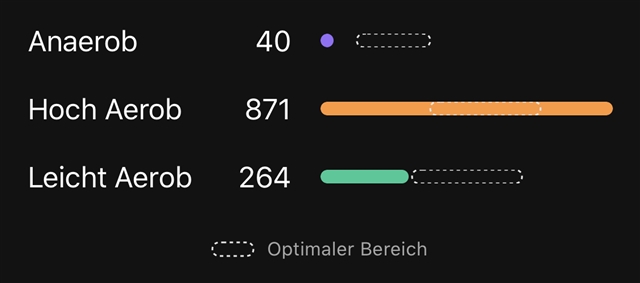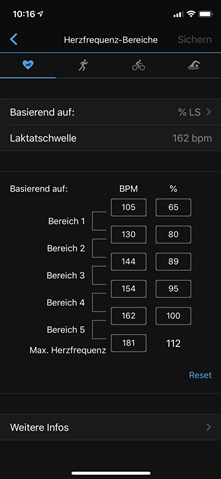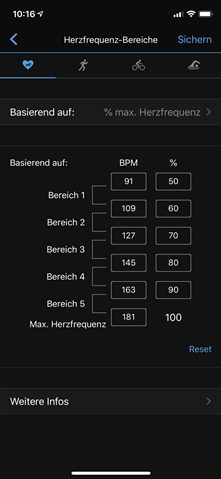I would like to train more in my low aerobic area and fill my green bar. But in which heart rate area should I train? How is it calculated? Is the training load focus connected to how I set my heart rate zones or to a different value?

Because then I would be confronted with a problem.
I realized that there is a big difference on how the heart reate zones are calculated respectively on what they are based on. The heart rate zones based on lactate threshhold and max heart rate deviates very much from each other.


For example, if I train in Zone 2
- according to %LS I'm pysically challenged (130 - 144 bpm)
- according to %max heart rate I'm not challenged at all. (109 - 127 bpm)
Would that mean it depends on how I set my zones, the training load focus bars will fill up? And if yes, which calculation should I pick?
Thanks for your help.


